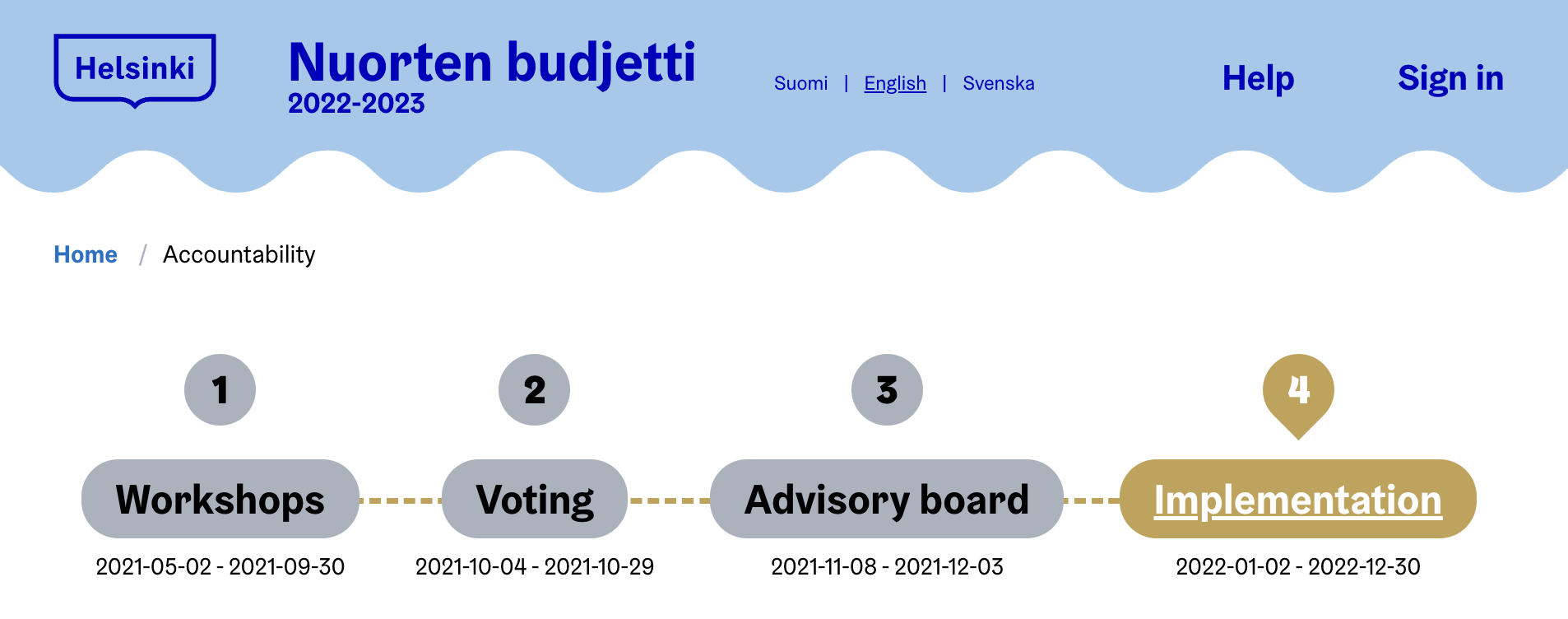Article by Julia Cohen: “In just over a month after the change in Twitter leadership, there have been significant changes to the social media platform, in its new “Twitter 2.0.” version. For researchers who use Twitter as a primary source of data, including many of the computer scientists at USC’s Information Sciences Institute (ISI), the effects could be debilitating…
Over the years, Twitter has been extremely friendly to researchers, providing and maintaining a robust API (application programming interface) specifically for academic research. The Twitter API for Academic Research allows researchers with specific objectives who are affiliated with an academic institution to gather historical and real-time data sets of tweets, and related metadata, at no cost. Currently, the Twitter API for Academic Research continues to be functional and maintained in Twitter 2.0.
The data obtained from the API provides a means to observe public conversations and understand people’s opinions about societal issues. Luca Luceri, a Postdoctoral Research Associate at ISI called Twitter “a primary platform to observe online discussion tied to political and social issues.” And Twitter touts its API for Academic Research as a way for “academic researchers to use data from the public conversation to study topics as diverse as the conversation on Twitter itself.”
However, if people continue deactivating their Twitter accounts, which appears to be the case, the makeup of the user base will change, with data sets and related studies proportionally affected. This is especially true if the user base evolves in a way that makes it more ideologically homogeneous and less diverse.
According to MIT Technology Review, in the first week after its transition, Twitter may have lost one million users, which translates to a 208% increase in lost accounts. And there’s also the concern that the site could not work as effectively, because of the substantial decrease in the size of the engineering teams. This includes concerns about the durability of the service researchers rely on for data, namely the Twitter API. Jason Baumgartner, founder of Pushshift, a social media data collection, analysis, and archiving platform, said in several recent API requests, his team also saw a significant increase in error rates – in the 25-30% range –when they typically see rates near 1%. Though for now this is anecdotal, it leaves researchers wondering if they will be able to rely on Twitter data for future research.
One example of how the makeup of the less-regulated Twitter 2.0 user base could significantly be altered is if marginalized groups leave Twitter at a higher rate than the general user base, e.g. due to increased hate speech. Keith Burghardt, a Computer Scientist at ISI who studies hate speech online said, “It’s not that an underregulated social media changes people’s opinions, but it just makes people much more vocal. So you will probably see a lot more content that is hateful.” In fact, a study by Montclair State University found that hate speech on Twitter skyrocketed in the week after the acquisition of Twitter….(More)”.


